Galvanic Anode Cathodic Protection
Galvanic Anode Cathodic Protection
To protect a steel pipeline or tank structure with galvanic anodes, a more active metal (magnesium, aluminum, zinc) than the structure is connected to it to form a galvanic cell.
In this system, the connected active metal acts as the anode, while the structure to be protected becomes the cathode. The anode dissolves and releases electrons. These electrons provide the necessary electrons for the cathodic reaction. For current to flow in the cathodic protection circuit, there must be a sufficient potential difference between the anode and the cathode; this potential difference must exceed the circuit resistance.
The anodes required to form this system are manufactured according to TS-9234 - Galvanic Anodes Standard. Production can also be made according to different standards if desired.

Magnesium Anode
Magnesium anodes are high-electropotential anode materials commonly used in cathodic protection systems. Magnesium provides effective protection against corrosion due to its low density and high electro-negative potential. These anodes can generate high protection currents due to their higher reactivity and are particularly effective in low conductivity environments.
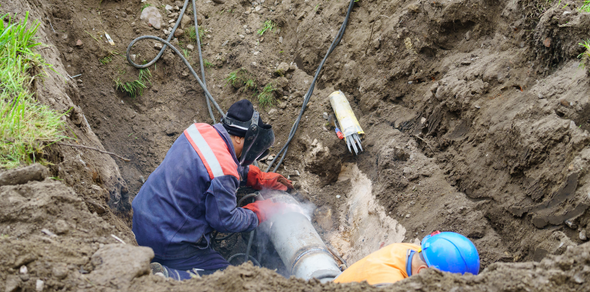
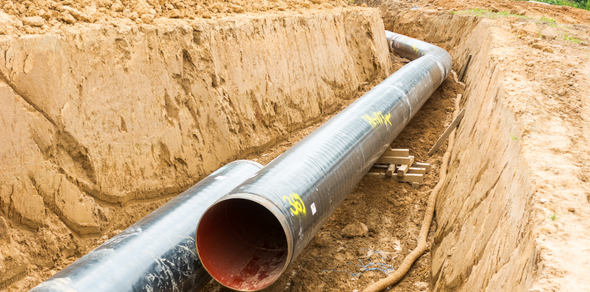
While providing effective protection against corrosion, they contribute to the long-lasting and reliable operation of systems. They are frequently used in natural gas, oil, and water pipelines, aboveground and underground storage tanks, water heaters used in households, and tanks used in the food industry.
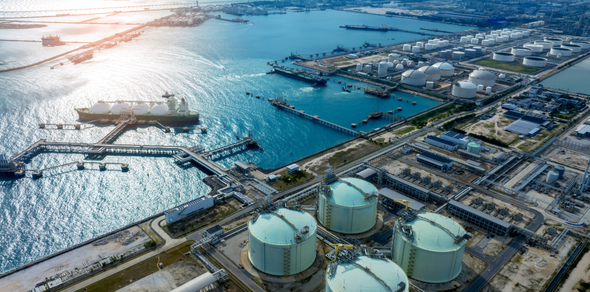
Our pre-packaged magnesium anodes generally consist of a cast magnesium anode centrally placed in a permeable cotton bag or metallurgical coke backfill. To protect during transportation, the anodes are tightly wrapped with a PE bag or paper outer liner, which should be removed before installation. This packaging method ensures safe transportation and easy use during installation.
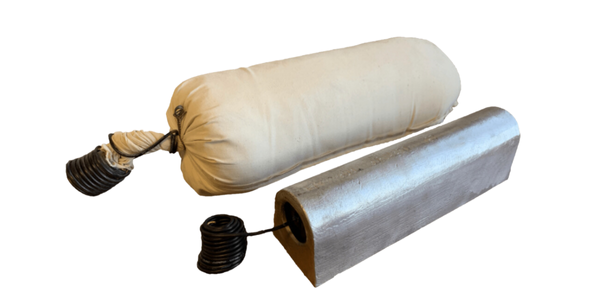
Aluminum Anode
Aluminum anodes are widely used in cathodic protection systems and are preferred in high conductivity environments such as seawater. Aluminum is an economical and efficient option, notable for its low density and high energy capacity. Aluminum anodes provide high protection efficiency, protecting large surface areas.
They are frequently used for the protection of ship hulls, yachts, platforms, barges, aboveground and underground storage tanks in contact with seawater, pipelines located in or near seawater, piers, port structures, and various metal structures in coastal infrastructure and marine environments.
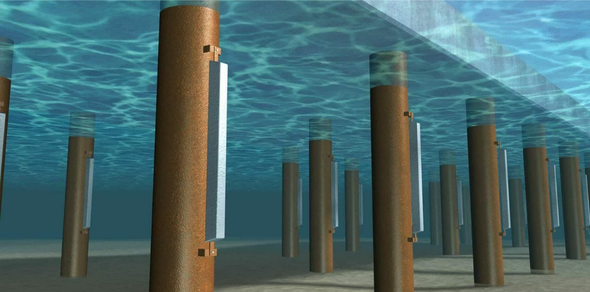
These anodes provide long-lasting and reliable protection by offering high energy capacity and extensive coverage.
Aluminum anodes are manufactured and applied according to standards such as TS 5141, TS 9234, and TS 13174, as well as relevant international standards. These standards define the dimensions, chemical, and electrochemical properties of the anodes, ensuring high performance and reliability. When produced according to these standards, aluminum anodes provide effective and long-lasting protection against corrosion, thus enhancing the efficiency and durability of systems.
Zinc Anode
Zinc anodes are commonly used in cathodic protection systems and are preferred in high conductivity environments such as seawater. Zinc is a low-potential and cost-effective anode that offers high protection efficiency. Zinc anodes are known for their durability in seawater and their effective corrosion prevention properties.
In soil and freshwater environments, zinc anodes offer an effective solution for protecting metal structures from corrosion. Due to their low potential and cost-effectiveness, zinc anodes are preferred in various applications, such as water tanks, pipelines, and metal structures near lakes and rivers. These anodes provide high protection efficiency in soil and freshwater conditions, enhancing the durability of metal structures and offering long-lasting use. The use of zinc anodes effectively prevents corrosion in such environments, reducing maintenance and repair costs.
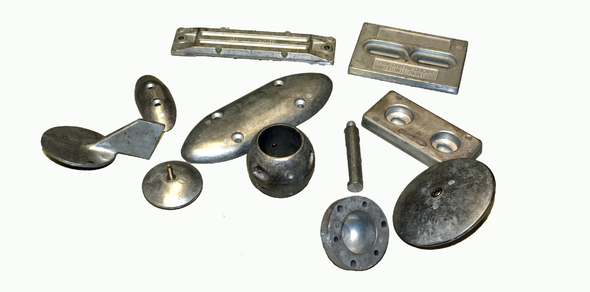
Zinc anodes are manufactured and applied according to standards such as TS 5141, TS 9234, and TS 13174, as well as relevant international standards. These standards define the dimensions, chemical, and electrochemical properties of the anodes, ensuring high performance and reliability. When produced according to these standards, zinc anodes provide effective and long-lasting protection against corrosion, thus enhancing the efficiency and durability of systems.